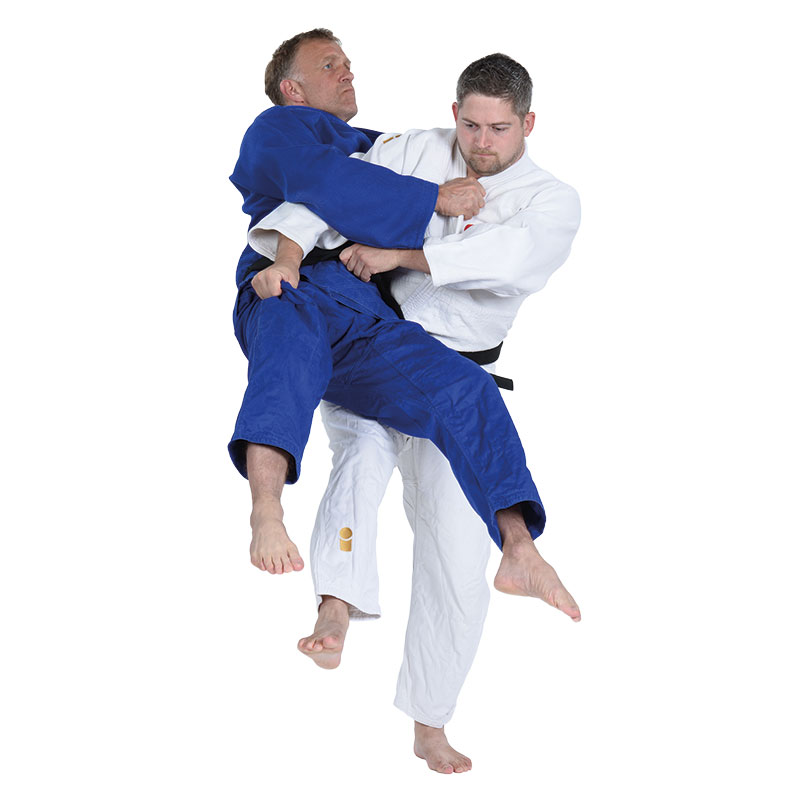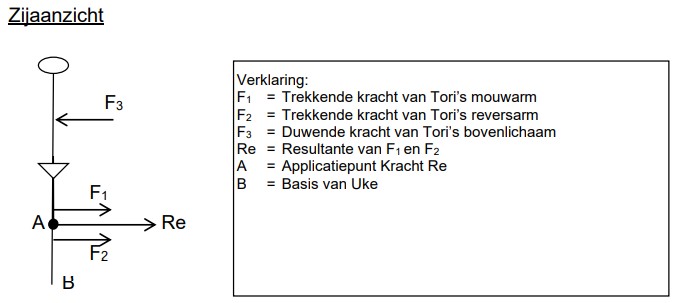Obi-otoshi 帯落
(Belt Drop)
Classification: Te-waza (Hand technique)
Japanese meaning: Obi = belt, Otoshi = drop
Type: Arm throw
Technical Description
Obi-otoshi is a traditional judo throw where tori (the thrower) grips the front of uke’s (the receiver’s) belt with the right hand, draws uke forward to destabilise them, and simultaneously transitions behind their right side. While pivoting, tori reaches across the front of uke’s body with the left hand to scoop behind uke’s left upper thigh and drops uke directly to the mat.
This technique is an elegant example of minimal effort for maximal effect — relying on timing, body positioning, and control of uke’s center of gravity rather than brute strength.

How to Perform
-
Kuzushi (balance breaking): Tori pulls uke forward and slightly downward by gripping the front of the belt.
-
Tsukuri (entry): Tori steps diagonally behind uke’s right side, wrapping their left arm around uke’s left thigh from the rear.
-
Kake (execution): In a unified motion, tori scoops uke’s thigh while applying backward pressure through the torso and the pulling action on the belt, unbalancing and rotating uke to the mat.
This is particularly effective when uke’s posture is upright or when attempting to resist by leaning back.
Biomechanical Analysis of Obi-otoshi
Principle: Torque (Couple of forces)
-
F1 and F2 (Re): The pulling arm (on the belt) and the lifting/scooping arm (around the thigh).
-
F3: Tori’s torso presses against uke’s upper body to create backward momentum.
The forces act in opposite directions, creating a rotational torque that unbalances uke. By removing uke’s base of support (his leg), and simultaneously rotating the torso, the throw becomes fluid and efficient. The belt grip gives tori a powerful mechanical advantage to control uke’s center of gravity.

Did You Know?
Although rarely seen in modern competition due to IJF leg-grabbing restrictions, Obi-otoshi is still taught in Koshiki-no-Kata and other classical judo forms. The technique exemplifies maximum efficiency with minimal effort, a core judo principle defined by Jigoro Kano.
The use of the obi (belt) as a primary grip is also symbolic in traditional judo, where controlling the opponent’s center — both literally and figuratively — is key to success. Obi-otoshi reminds us that not all throws rely on sleeves and lapels; sometimes, the most effective techniques are found in unexpected grips and off-angle entries.